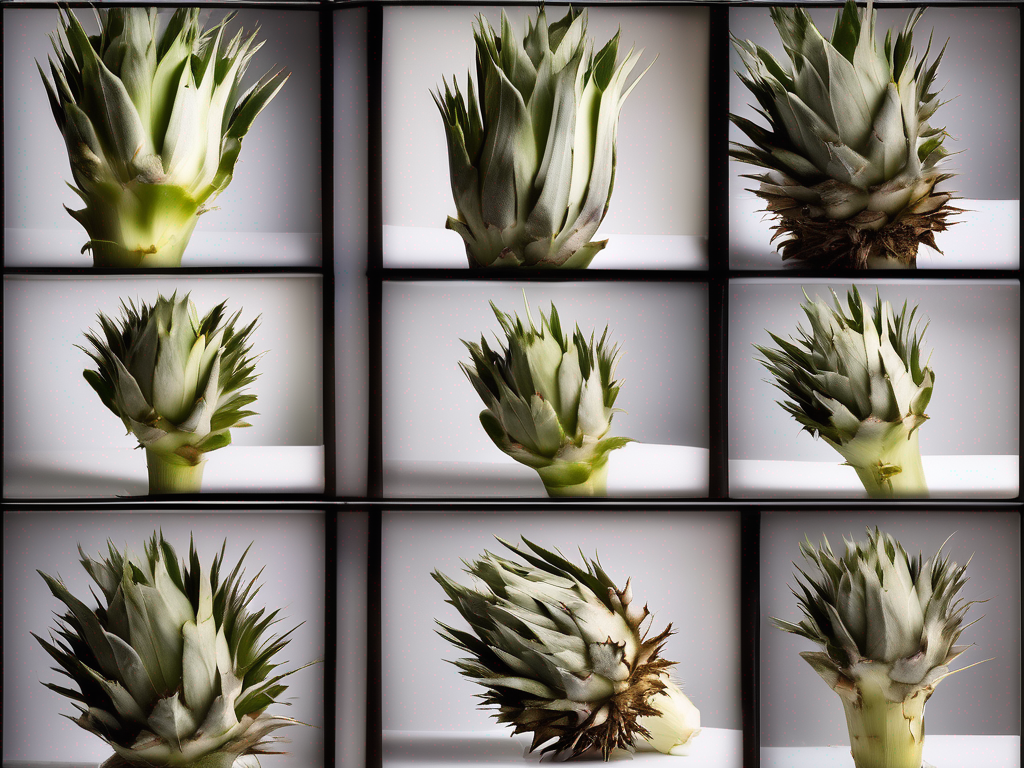
How to Handle Spoiled Cardoon: A Complete Guide
Get Your Free Food Safety Cheat Sheet
30 most common foods with instant answers. Print it and stick it on your fridge—completely free!
How to Handle Spoiled Cardoon: A Complete Guide
Cardoon, a delicious and nutritious vegetable, can sometimes show signs of spoilage if not stored properly. It is essential to know how to identify these signs and take appropriate steps to prevent any food safety risks. In this comprehensive guide, we will discuss the steps to take when cardoon starts to show signs of spoilage to ensure you can enjoy this tasty vegetable safely. (Cardoon)
Recognizing Spoiled Cardoon
Before we delve into the steps to take when dealing with spoiled cardoon, it is crucial to know how to recognize the signs of spoilage. Here are some common indicators that your cardoon may have gone bad:
Signs of Spoiled Cardoon:
- Mold: Visible mold growth on the surface of the cardoon.
- Slimy Texture: The cardoon feels slimy or slippery to the touch.
- Off Odor: Foul or off-putting smell emanating from the cardoon.
- Discoloration: Noticeable changes in color, such as dark spots or a yellowish hue.
If you notice any of these signs, it is best to err on the side of caution and take the necessary steps to prevent consuming spoiled cardoon.
Steps to Take When Cardoon Shows Signs of Spoilage
When you detect that your cardoon is starting to spoil, follow these steps to ensure food safety and prevent any potential health risks:
1. Inspect the Cardoon Thoroughly
- Carefully examine the entire cardoon for any visible signs of spoilage.
- Discard any parts that show mold, slime, discoloration, or off odors.
2. Properly Store the Remaining Cardoon
- Transfer the unaffected portions of the cardoon to a clean, airtight container.
- Refrigerate the cardoon promptly to slow down the spoilage process.
3. Use the Cardoon Promptly
- Plan to consume the remaining cardoon as soon as possible to prevent further deterioration.
- Incorporate the cardoon into your meals within a day or two for optimal freshness.
4. Cook Thoroughly Before Consumption
- When preparing the cardoon for consumption, ensure it is cooked thoroughly.
- Cooking helps kill any potential bacteria that may have developed during the spoilage process.
5. Practice Proper Food Safety Measures
- Wash your hands thoroughly before handling the cardoon.
- Clean and sanitize all utensils and surfaces that come into contact with the cardoon.
By following these steps, you can effectively manage spoiled cardoon and minimize the risk of foodborne illnesses.
Conclusion
In conclusion, knowing how to handle spoiled cardoon is essential for maintaining food safety in your kitchen. By recognizing the signs of spoilage, promptly taking action, and following proper food safety measures, you can enjoy cardoon without any concerns. Remember to inspect your cardoon regularly, store it correctly, and cook it thoroughly before consumption to ensure a safe and enjoyable dining experience.
For more information on cardoon and other food safety tips, visit our comprehensive guide on cardoon. Happy cooking and stay safe! (Cardoon)
Related Posts
Here are some other articles you might find helpful:
Authoritative Food Safety References
These agencies and university labs inform every tip and health precaution we publish.
USDA FoodKeeper – Cold Storage Guidelines
Official refrigerator, freezer, and pantry timelines maintained by the U.S. Department of Agriculture.
Visit USDA FoodKeeperFDA Produce Safety Rule & Grower Guidance
Field-to-fridge handling practices that prevent contamination of fruits, vegetables, and leafy greens.
Visit FDA Produce SafetyCDC Foodborne Illness Prevention Hub
Surveillance-backed guidance on pathogens, symptoms, and steps to reduce foodborne illness risk.
Visit CDC Food SafetyUC Davis Postharvest Technology Center
University research detailing optimal storage atmospheres for produce after harvest.
Visit UC Davis PostharvestPenn State Extension – Home Food Preservation & Safety
Peer-reviewed extension bulletins on safe canning, chilling, and reheating practices.
Visit Penn State ExtensionGet Your Free Food Safety Cheat Sheet
30 most common foods with instant answers. Print it and stick it on your fridge—completely free! Want more? Upgrade to the complete guide with 70+ foods.
Scan your food directly and get instant safety info using our AI-powered camera feature.